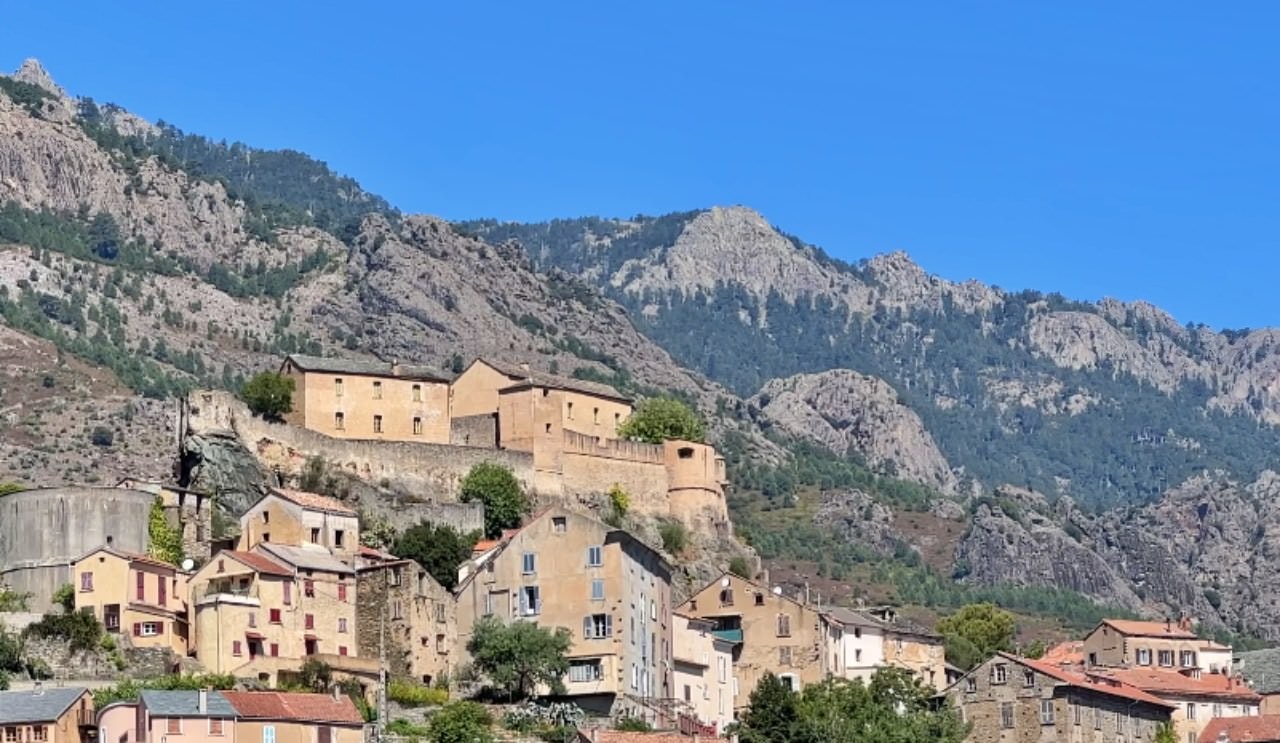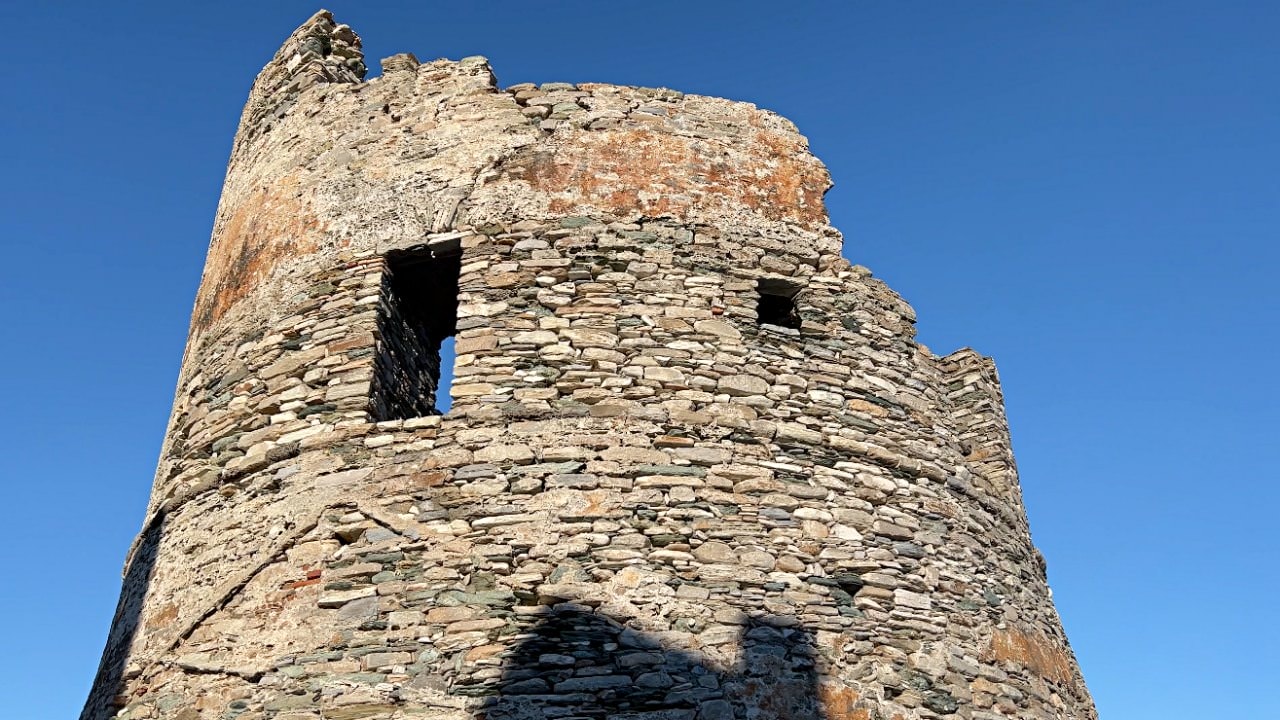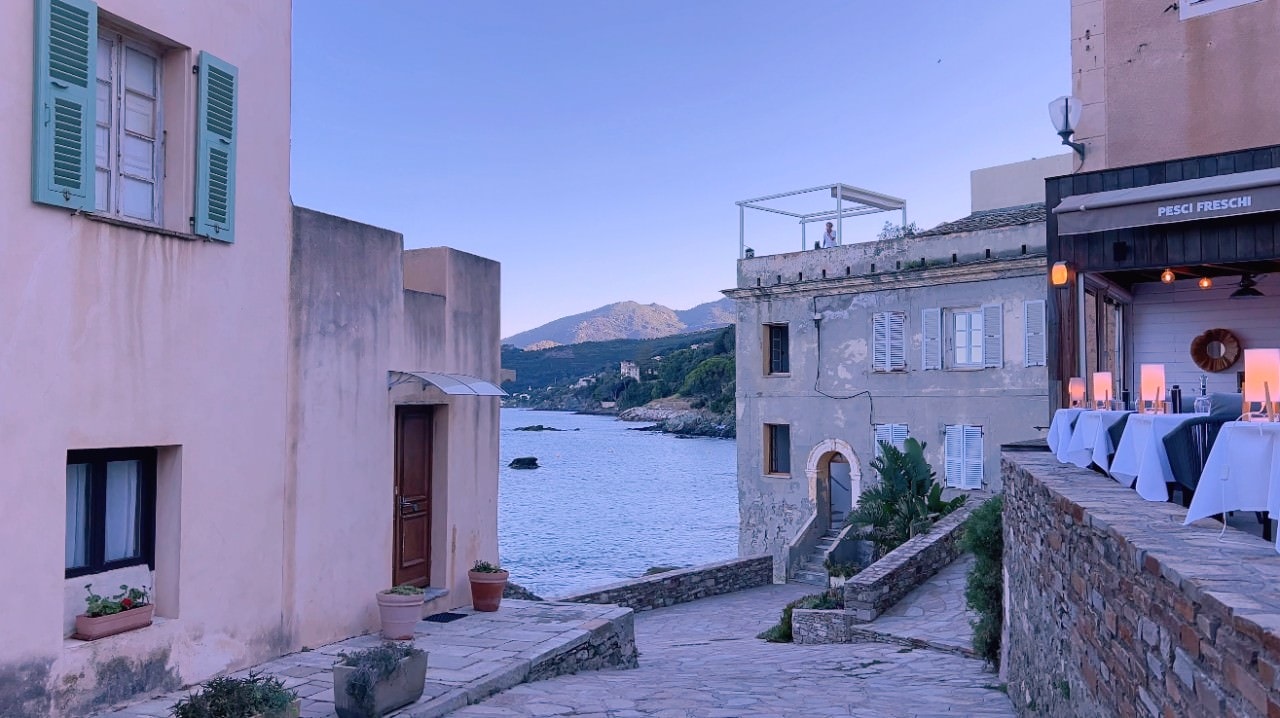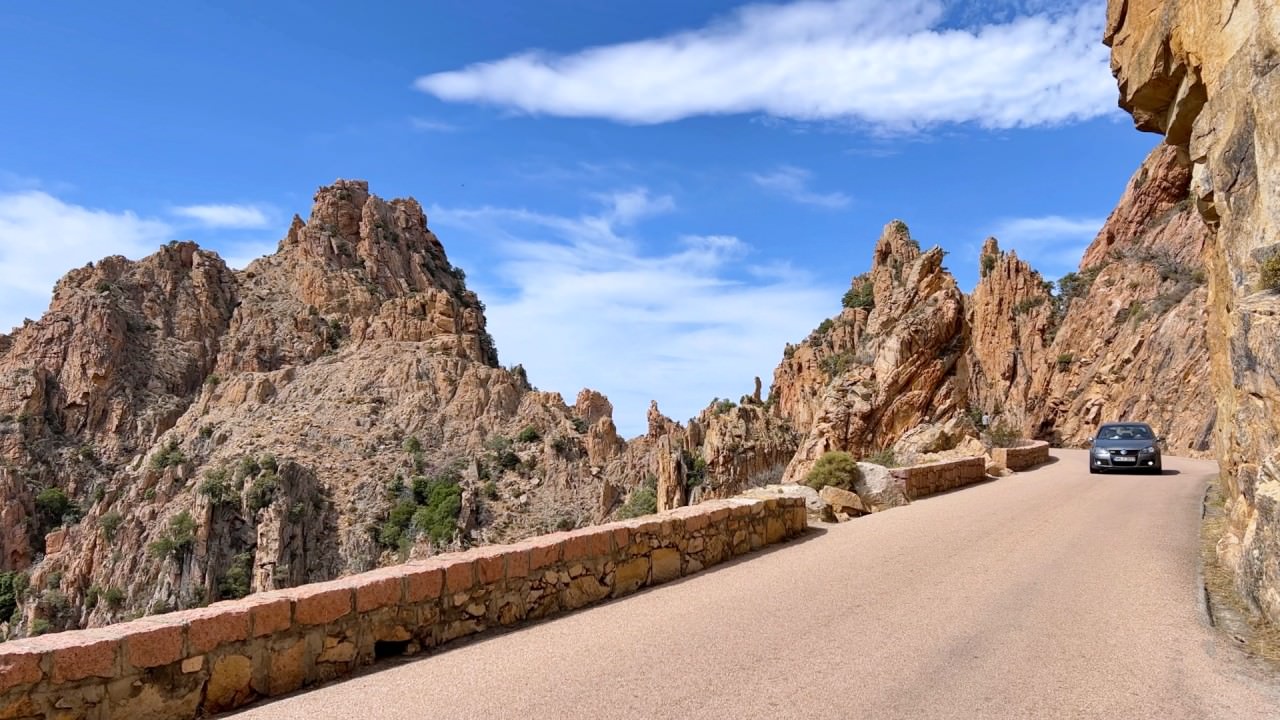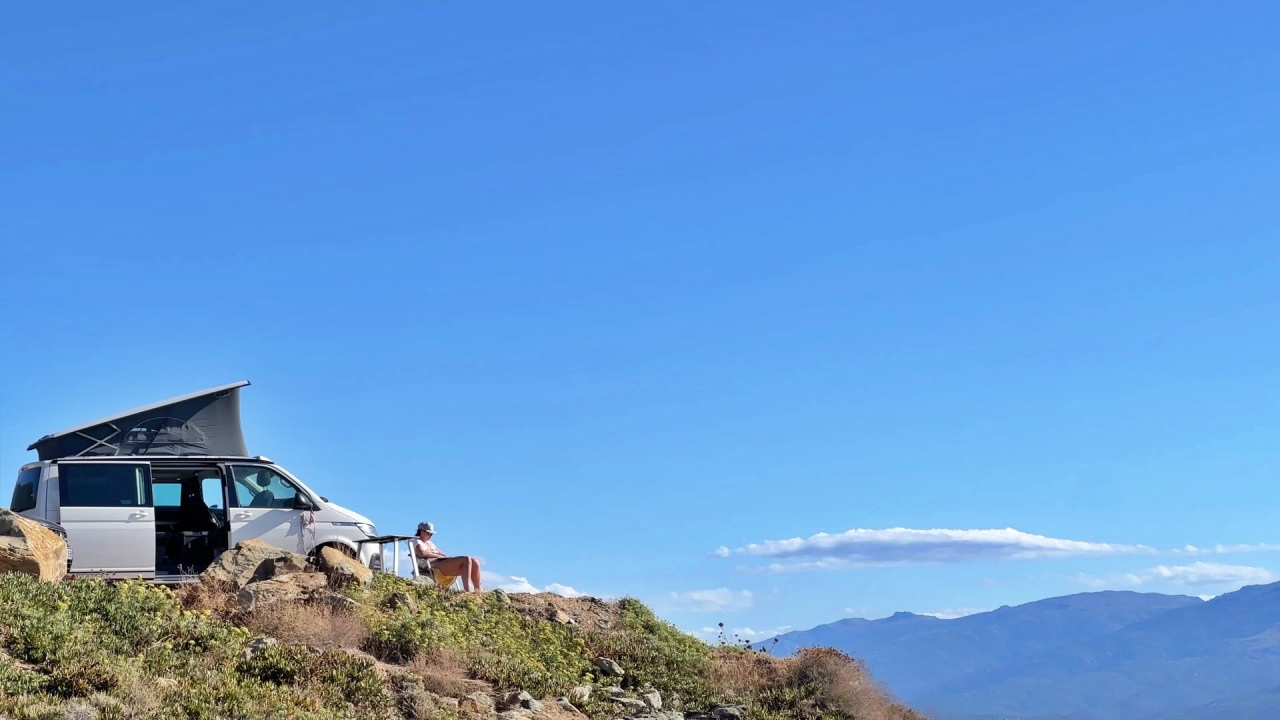Cap Corse, the captivating northern peninsula of Corsica, is a treasure trove of natural beauty, historical richness, and cultural vibrancy. With its diverse landscape, from rugged mountains like Monte Stello to serene beaches such as Nonza and Tamarone, it offers an enchanting escape for all. The region’s history is as deep as the Mediterranean waters that surround it, marked by ancient civilizations, Genoese influence, and a spirited Corsican identity. Visitors can explore charming villages like Erbalunga and Patrimonio, each boasting a unique cultural tapestry and gastronomic delights.
For the adventurous, the Sentier des Douaniers trail provides breathtaking coastal views, while the historical squares and marinas offer a glimpse into the heart of local life. Cap Corse is not just a destination, but a journey through time and nature.
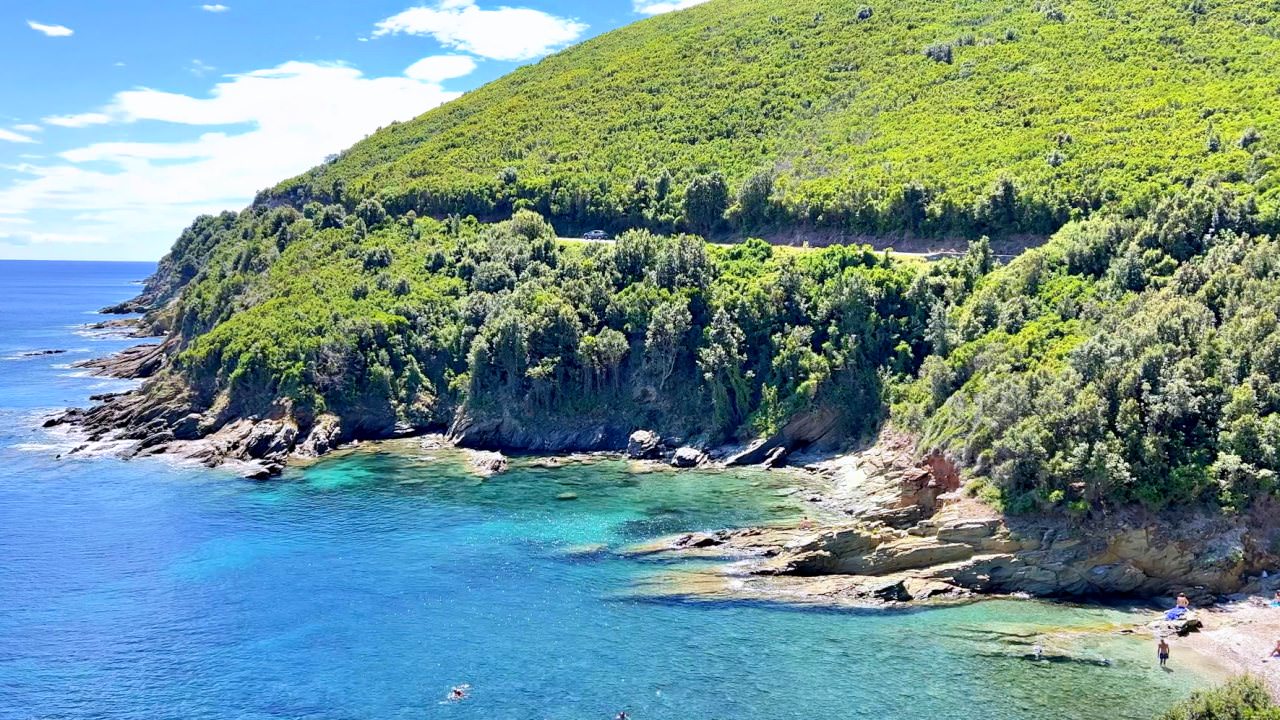
History
Cap Corse has witnessed diverse cultural influences. Initially inhabited during the Neolithic era, it saw Greek and Roman presence, shaping its early development. The Genoese rule from the 11th to 18th centuries left a profound impact, evident in the construction of over 90 coastal defense towers. These towers, including the notable Giraglia and Seneca, were built to fend off pirate attacks. In the 18th century, Cap Corse became a battleground for Corsican independence, notably under Pasquale Paoli’s leadership. This period was marked by fierce resistance against Genoese and subsequently French rule. The 19th century brought economic shifts, with many Cap Corsians emigrating to the Americas, impacting the local population and culture.
Today, Cap Corse stands as a testament to its layered past, where remnants of ancient civilizations coexist with symbols of Genoese fortification, reflecting a rich and multifaceted history.
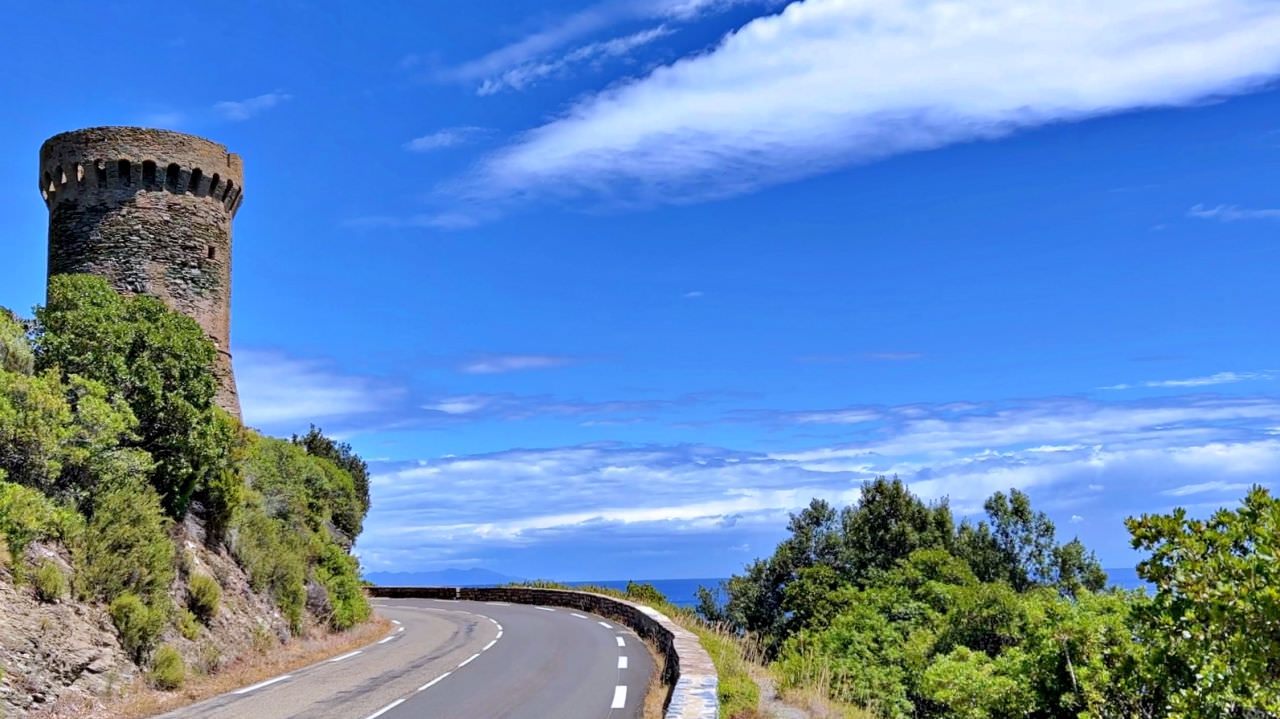
Weather
Cap Corse experiences a Mediterranean climate, characterized by mild, wet winters and warm, dry summers. The average summer temperature hovers around 25°C (77°F), making it ideal for beach outings and outdoor activities. Winters are cooler, with averages around 10°C (50°F), accompanied by rainfall, which enhances the region’s verdant landscapes.
The best time to visit Cap Corse is from May to September, when the weather is most conducive for exploring its natural and historical sites. June to August sees the peak tourist season, offering the warmest sea temperatures for swimming. For those seeking a quieter experience, May and September provide a pleasant climate with fewer crowds.
Key local events also influence the best times to visit. The summer months are vibrant with cultural festivities, including traditional music and food festivals, adding to the region’s allure. Conversely, winter offers a unique perspective of Cap Corse’s natural beauty, albeit with fewer tourist services available.
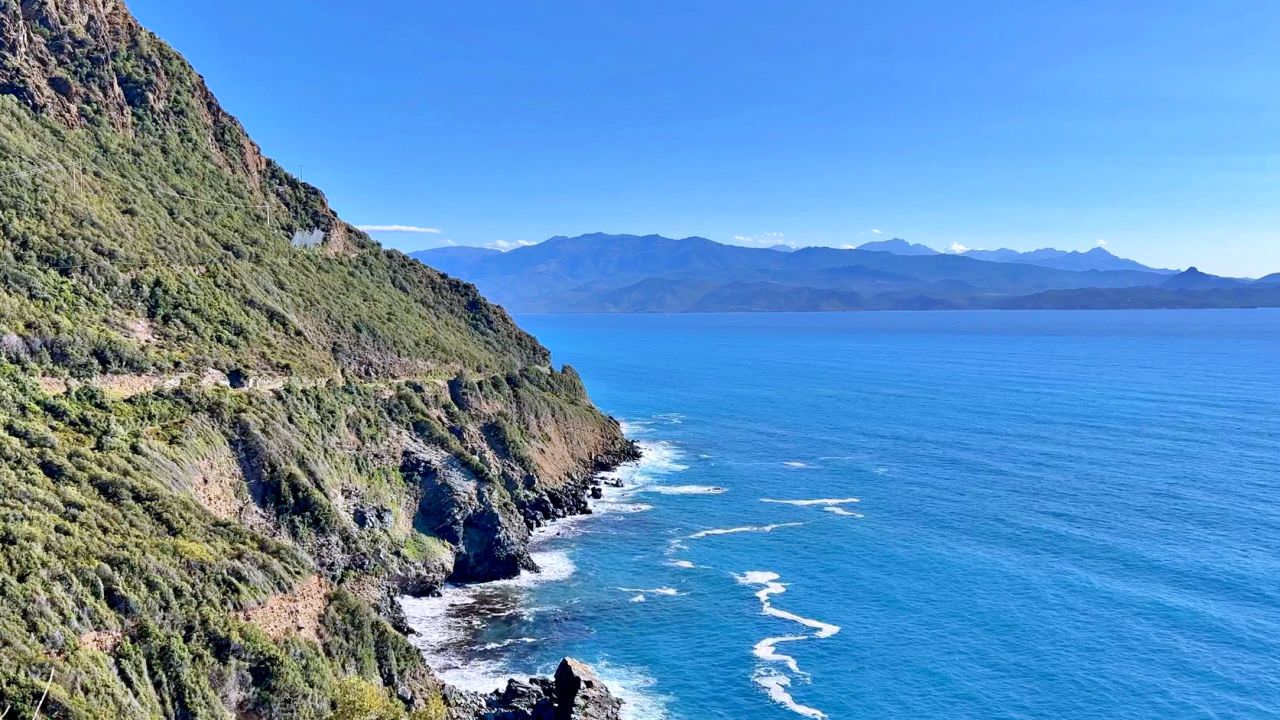
Transportation to Cap Corse
- By Flight
Arriving at Bastia-Poretta Airport situates you approximately 47 kilometers from the alluring Cap Corse. This airport offers direct connections from major European cities. Upon landing, you can opt for a car rental service available at the airport, easing the final hour’s journey to the captivating peninsula.
- By Ferry
Bastia’s port, located roughly 27 kilometers from Cap Corse, serves as a crucial maritime link between the island and the mainland of France and Italy. For those disembarking here, rental vehicles are a convenient choice for the onward journey, immersing you in the scenic drive towards Cap Corse.
- By Road
For explorers within Corsica, the D80 road provides a direct route to Cap Corse. For a more intimate experience with Corsica’s natural beauty, consider renting a bicycle or camper vans, which are popular among visitors for their flexibility and closer engagement with the island’s landscapes.

Attractions and Activities
Cap Corse Beaches
- Farinole Beach
A family favorite, Farinole Beach charms with its golden sands and shallow, calm waters. The beach’s gentle slope makes it safe and inviting for children, while its array of facilities ensures a comfortable and enjoyable day for all.
- Nonza Beach
Nestled in the commune of Nonza, this beach captivates with its dramatic cliffs that tower over a pebble-laden shoreline and clear waters. Ideal for nature lovers and those seeking a serene beach experience, Nonza Beach offers a breathtaking natural setting that’s perfect for both relaxation and photography. - Lambada Beach
This lesser-known beach is a tranquil sanctuary with fine sand and pristine waters. It’s an ideal spot for those seeking a quiet beach day, and the stunning sunsets here create a romantic atmosphere, perfect for couples or anyone looking to unwind in a scenic setting.
- Tamarone Beach
Hidden along the rugged coast of Cap Corse, Tamarone is a serene haven. Its secluded setting is complemented by pristine waters and fine sand, creating an idyllic atmosphere for a peaceful retreat away from the hustle and bustle.


Historical and Cultural Highlights
- Piazza di L’Ampugnani
Nestled in the heart of Luri, stands as a testament to Corsican history and architecture. This quaint square is a mosaic of traditional Corsican buildings, each echoing stories of the past. It is a focal point for community gatherings, blending the old-world charm with the vibrant local life.
- Erbalunga Village
On the other hand, captures the spirit of a traditional Corsican fishing village. Its narrow, winding streets, lined with age-old houses, lead to a picturesque harbor. The village is not just a visual treat but a cultural hub, known for hosting music festivals and art events that showcase the rich Corsican culture. Erbalunga is a place where history breathes through its lanes, and the artistic soul of Cap Corse comes to life.
Village Exploration
- Centuri
A quaint fishing village on Cap Corse’s northwestern coast, is steeped in history with origins dating back to Roman times. Known for its picturesque harbor and historic architecture, including the 16th-century Genoese Tower, it’s a hub of Corsican fishing traditions. Surrounded by rugged landscapes and clear Mediterranean waters, Centuri offers visitors a blend of cultural charm and natural beauty, ideal for seafood enthusiasts and nature lovers. - Nonza Village
Perched atop a cliff, is a testament to timeless beauty and historical depth. Known for its striking black pebble beach, Nonza offers a unique seascape that draws photographers and nature lovers alike. The village is also home to the historic Sainte-Julie Chapel, a symbol of Corsican religious heritage, offering visitors a glimpse into the spiritual past of the island. - Macinaggio Marina
Located in the commune of Rogliano, is a hub of vibrant life and activity. This bustling marina is not just a gateway to the scenic Finocchiarola islands; it’s a center for outdoor enthusiasts, with a plethora of activities ranging from sailing to hiking. The marina is lined with a variety of dining options, allowing visitors to savor local Corsican cuisine while soaking in the maritime atmosphere. - Patrimonio
A commune on the northeastern tip of Corsica, is a blend of historical richness and natural splendor. This hilltop village is known for its archaeological sites and beautiful beaches, offering a perfect mix of relaxation and exploration. Patrimonio houses the U Nativu, an iconic megalithic statue-menhir found in Barbaggio, showcased in the local archaeological museum. This important prehistoric artifact highlights the deep-rooted history of the region. Visitors can wander through the village’s narrow streets, experience the lively ambiance of the market square, and enjoy the serene beach settings, making Patrimonio a must-visit destination in Cap Corse.

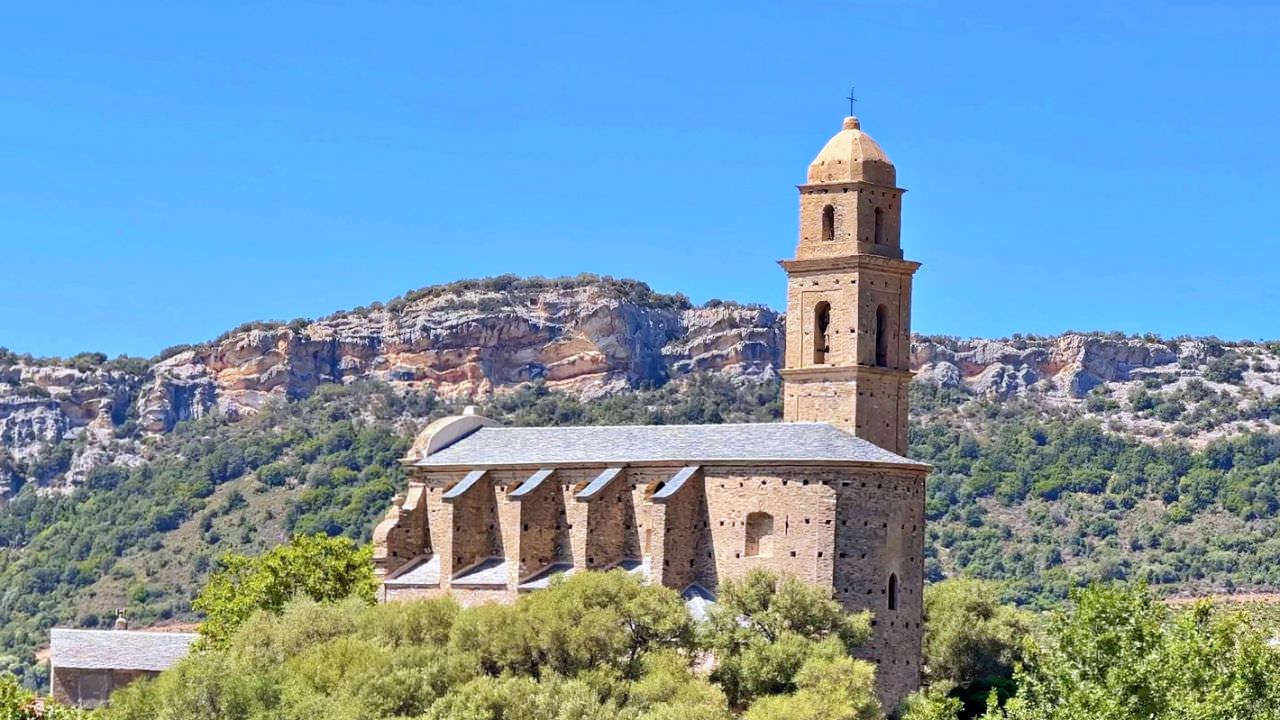
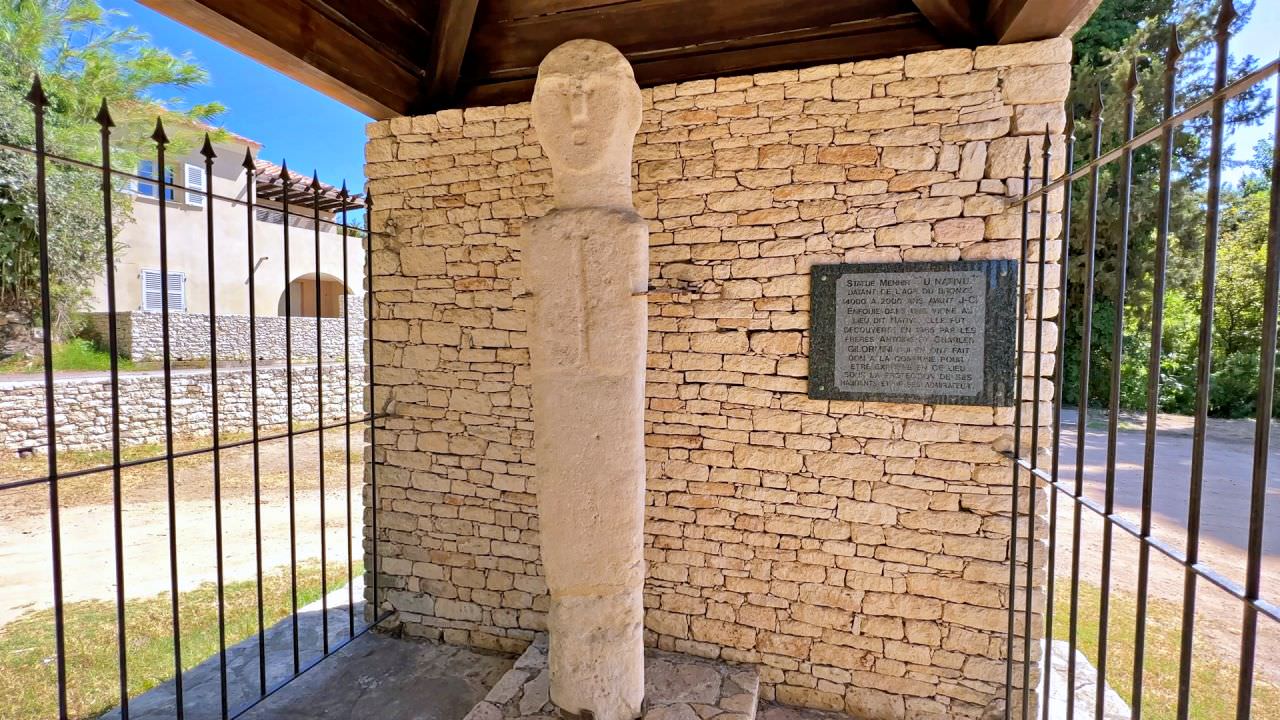
Outdoor and Recreational Activities
Customs Officers’ Path (Sentier des Douaniers) – A highlight for hikers. This scenic coastal trail stretches approximately 20 kilometers along the Cap Corse peninsula, presenting hikers with unparalleled views of the Mediterranean Sea. The path winds through diverse landscapes including rocky cliffs, secluded coves, and aromatic maquis shrubland. It’s a journey that captivates with every step, showcasing the raw beauty of Corsica’s coastline.
Monte Stello – Standing as the highest peak in Cap Corse, offers a unique challenge to hikers. Reaching an elevation of about 1,307 meters, it provides a rewarding experience with panoramic vistas that span across the peninsula. The hike to Monte Stello is both invigorating and picturesque, appealing to those who seek to combine physical activity with the enjoyment of natural splendor. The summit offers a 360-degree view of the surrounding seas and landscapes, making it a favorite among nature lovers and photography enthusiasts.
Events and Festivals
The Festival of the Sea (Fête de la Mer) – Held annually in July at Macinaggio Marina, honors the region’s deep connection with the Mediterranean Sea. This maritime festival brings together locals and visitors to participate in traditional boat processions, showcasing the age-old seafaring customs of the area. Accompanied by lively music and an array of local cuisine, the festival offers a glimpse into the heart of Cap Corse’s maritime heritage.
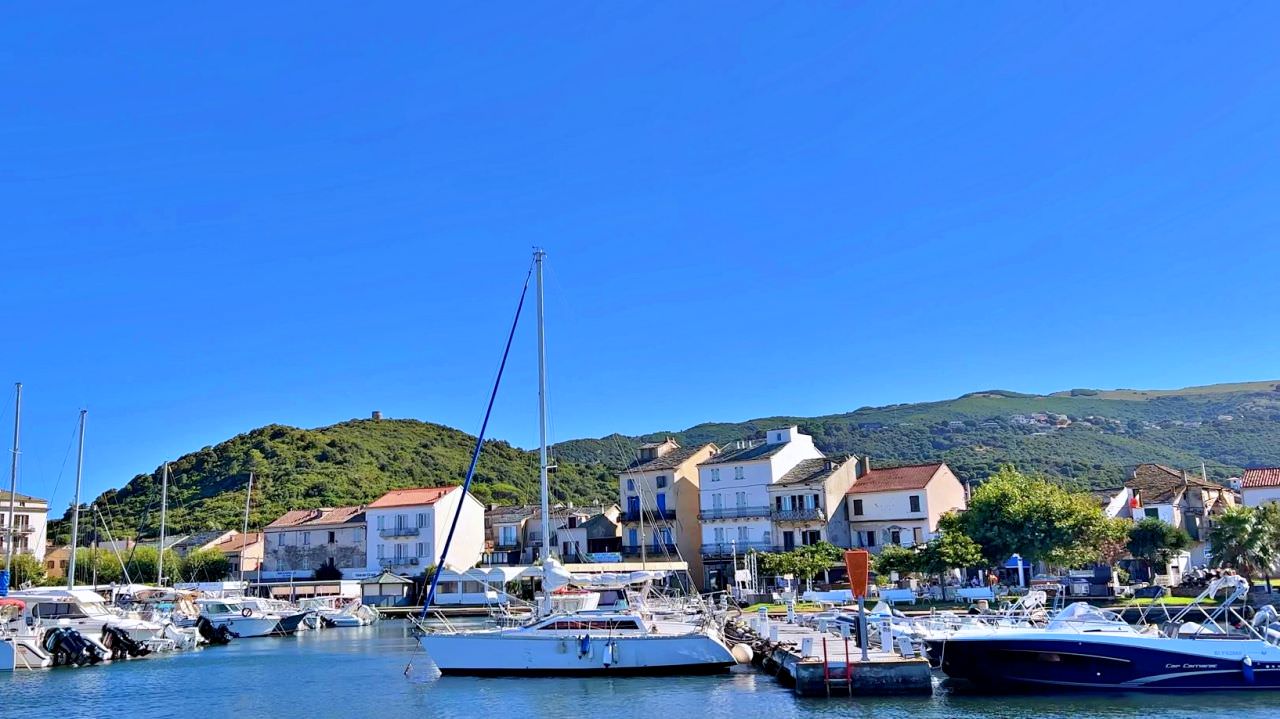
The Flavors of Cap Corse
Cap Corse is celebrated for its distinctive culinary delights, shaped by both its Mediterranean setting and rugged landscapes. Key among these are:
- Brocciu: A cornerstone of Corsican cuisine, Brocciu is a soft cheese crafted from whey and sheep’s milk. Its gentle tang and creamy texture make it a versatile component in a variety of local dishes, enhancing both savory and sweet culinary creations.
- Aziminu: Emblematic of Cap Corse’s maritime influence, Aziminu is a robust fish soup. It combines a medley of locally sourced fish like rockfish, sea bass, and conger eel with potatoes, tomatoes, and fragrant herbs. The soup’s depth of flavor and tender fish morsels offer a truly heartwarming and traditional culinary experience.
- Muscat du Cap Corse: A gem in the world of dessert wines, Muscat du Cap Corse is a sweet, fortified wine with an intense aromatic character and a delightful sweet finish. Produced from Muscat grapes, this wine is a favored choice for rounding off a meal, whether paired with desserts or savored on its own as a chilled aperitif.
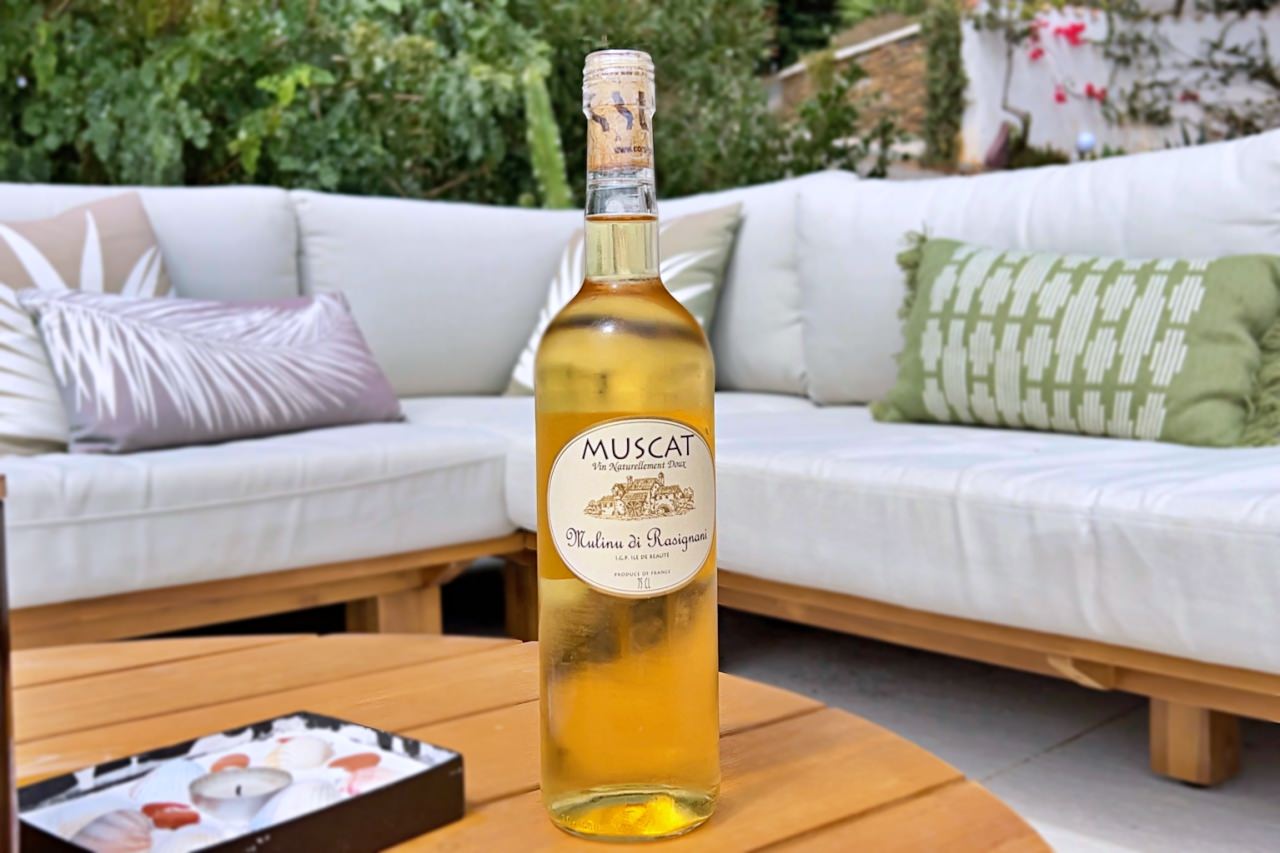
Accommodations: Staying in Cap Corse
In Cap Corse, visitors can choose from a variety of accommodation options, each offering a unique experience of the region’s charm and beauty:
Hotel Les Calanques: Located in Erbalunga, this hotel epitomizes luxury on the cliffside overlooking the Mediterranean Sea. With its private beach, spa, and gourmet restaurant, it caters to guests seeking an exclusive and refined experience. The hotel is in the higher price range, offering elegantly furnished rooms with panoramic sea views.
Hotel U Patriarcu: In the heart of Patrimonio, known for its vineyards, Hotel U Patriarcu is a family-friendly option that radiates warmth and hospitality. With amenities like a swimming pool and a playground, along with a restaurant serving traditional Corsican cuisine, it’s perfect for families and those seeking a comfortable stay at a medium price point.
Hotel Le Refuge: Situated in the picturesque village of Centuri, Hotel Le Refuge offers a boutique experience with stunning views of the Mediterranean. This hotel is ideal for those seeking a tranquil, intimate setting. With facilities like a swimming pool and spa, and stylish rooms with sea or garden views, it falls into the medium to high price category.
Why Visit Cap Corse
Cap Corse is a mosaic of natural splendor and cultural richness. Here, the majestic Monte Stello beckons hikers with breathtaking panoramas, while tranquil beaches like Nonza and Tamarone offer serene escapes along pristine shores. Steeped in history, the villages of Erbalunga and Patrimonio narrate tales of a vibrant past, each with its own unique charm. Gourmands will savor the local culinary delights, a fusion of Mediterranean tastes, from succulent seafood to the renowned wines of the region. For the explorers, the picturesque Sentier des Douaniers trail unfurls along the rugged coastline, revealing the unspoiled beauty of Corsica.
Cap Corse is not just a destination but a journey through time, nature, and taste, inviting travelers to immerse in its myriad allurements.

- Ajaccio’s Allure: Discovering the Jewel of Corsican Culture and Nature

- L’Île-Rousse: A Blend of Corsican Tradition and Seaside Splendor
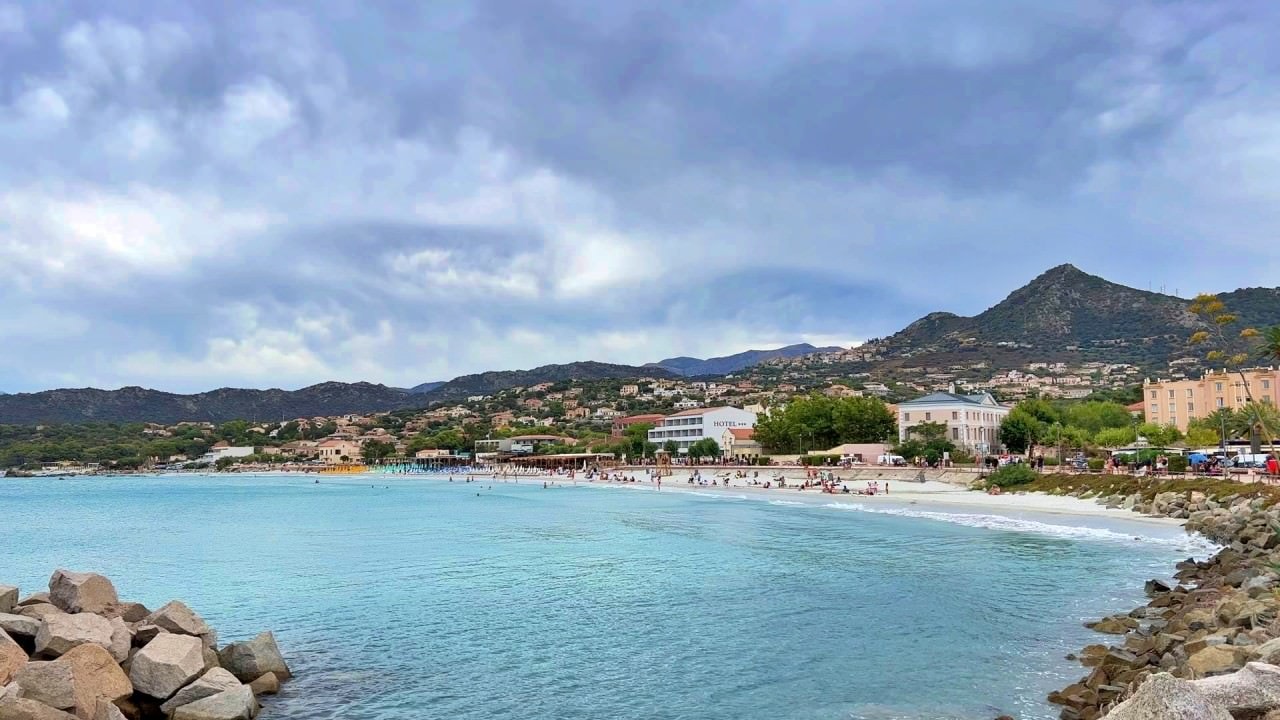
- Bastia: A Corsican Treasure Between History and Modernity

- Porto Vecchio: From Pristine Beaches to the Genoese Citadel
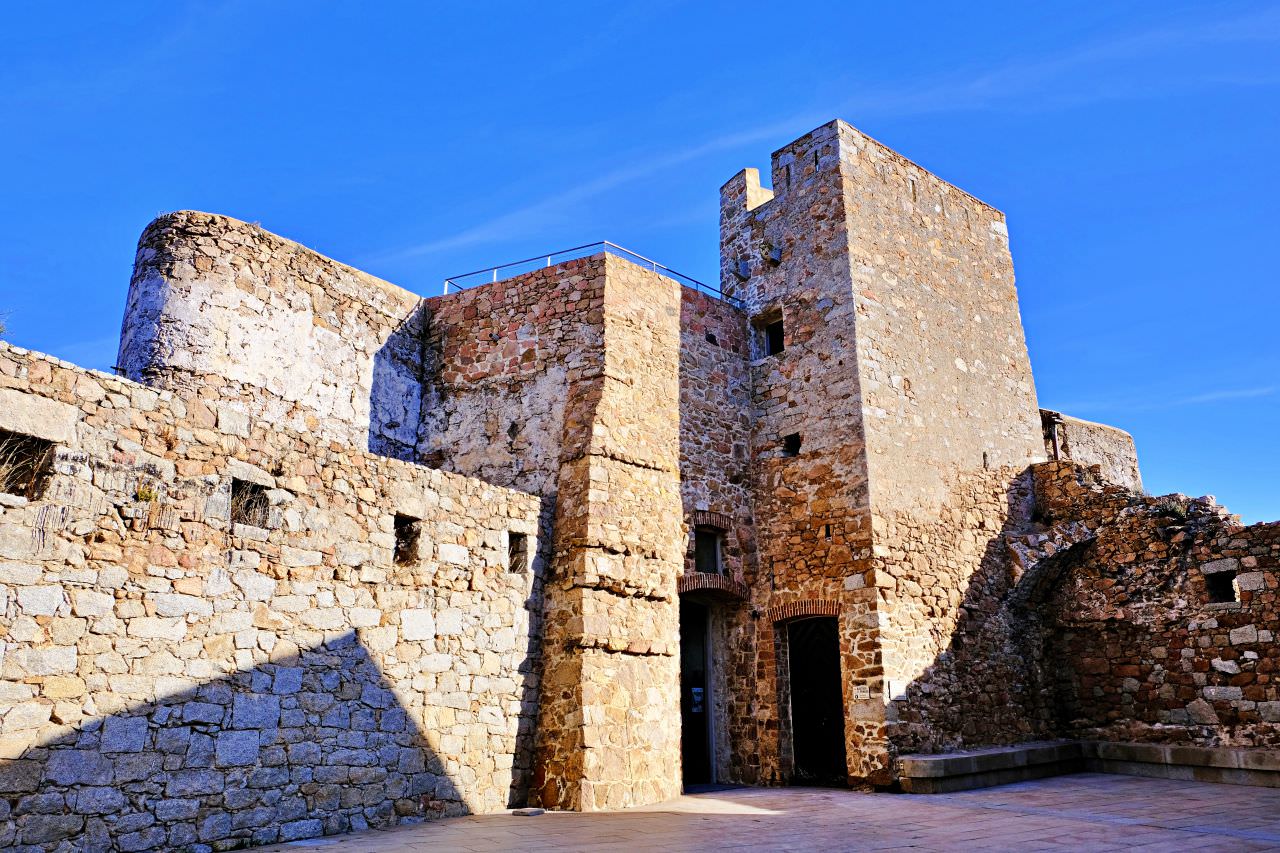
- Sartène: Delving into the Rich Tapestry of Corsica’s Most Iconic Town

- Corte: Corsica’s Heart of History and Natural Splendor
